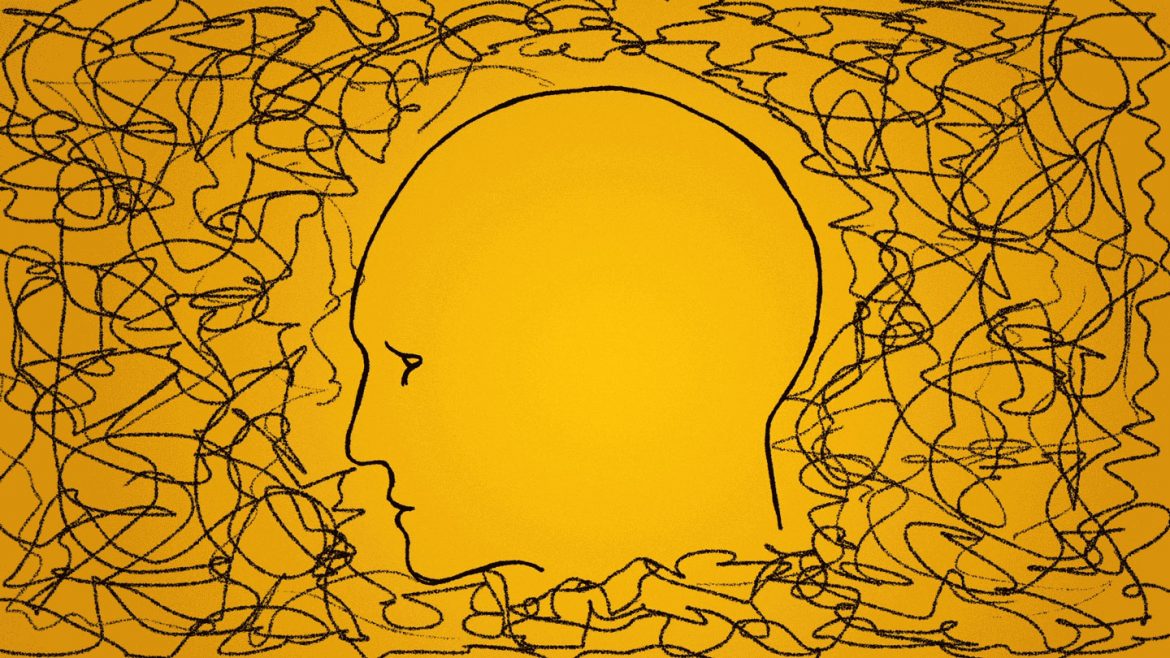Symptoms of depression fluctuate over time, but many brain imaging studies of the condition only study one point in time. That’s made it hard to connect networks of brain activity to various symptoms and mood changes. Now, a new study using long-term brain imaging data shows one brain network involved in guiding attention is nearly two times larger in patients with depression than in people not experiencing depression symptoms, and stays larger even as depressive symptoms ebb and flow.
“Honestly, when we started this project, we weren’t expecting necessarily to find stable, traitlike differences in brain [activity patterns] in people with depression,” says Charles Lynch, a neuroscientist at Weill Cornell Medical College. “We were more interested in looking for things that would change over time as their symptoms fluctuate.” The results, published September 4 in Nature, could help improve various types of brain stimulation therapies for depression (SN: 9/21/23).
Lynch and his team hoped to uncover the driving forces behind mood changes in depression by mapping brain networks over time. Existing functional MRI datasets allowed the team to look at the activity, across multiple days, of more than a hundred people’s brains, including those with and without depression. The dataset also included patients’ rating scales of their depression symptoms at the time of each scan.
The team identified the networks of brain areas with the most coordinated activity and found that the salience network — known for identifying relevant stimuli and guiding attention — was nearly two times larger in people with depression. The network also directs the activity of two other networks; one that controls self-focused thinking and another that facilitates working memory during goal-directed tasks. Previous work hinted that the salience network may be involved in depression, but the findings were unclear. The new study showed that though the overall shape of the network was similar across both groups, its borders extended farther outward in patients with depression.

Though the boundaries of the salience network remained stable over time and across various moods, some changes in connectivity between specific nodes of the network corresponded with worsening symptoms. By analyzing network changes in two patients who were scanned over many months, the team found that connectivity between the nucleus accumbens, which is involved in reward-seeking, and the anterior cingulate, which plays a part in decision-making, weakened when patients reported experiencing less joy.
Two individuals with bipolar II disorder also had expanded salience networks, but those with autism or obsessive-compulsive disorder did not. “The specificity of salience network expansion to depression will thus be a very intriguing question to explore in future studies using transdiagnostic samples,” says Lucina Uddin, a neuroscientist at UCLA who was not involved in the study.
To investigate whether a large salience network could precede depression altogether, the team analyzed a neuroimaging dataset of adolescents over time. They focused on 57 children who did not have depressive symptoms when they were scanned between the ages of 10 and 12 years old, but developed symptoms within a couple years. These children had significantly larger salience networks than those who did not develop depression, and the size of the network stayed stable over time in both groups.
A larger salience network is not the result of depression; it precedes depression, the results suggest. The authors believe the enlarged network may even be related to early life stressors or genetics, but more research needs to be done before anyone can say for sure.
A better understanding of the neural components driving depression could lead the way for more precise therapeutic interventions, which would be especially helpful given the unreliable effectiveness of current medications.
“We think there is an opportunity to incorporate information about how functional brain networks are organized spatially in individuals with depression to inform how we administer brain stimulation therapies,” Lynch says.
Source link
